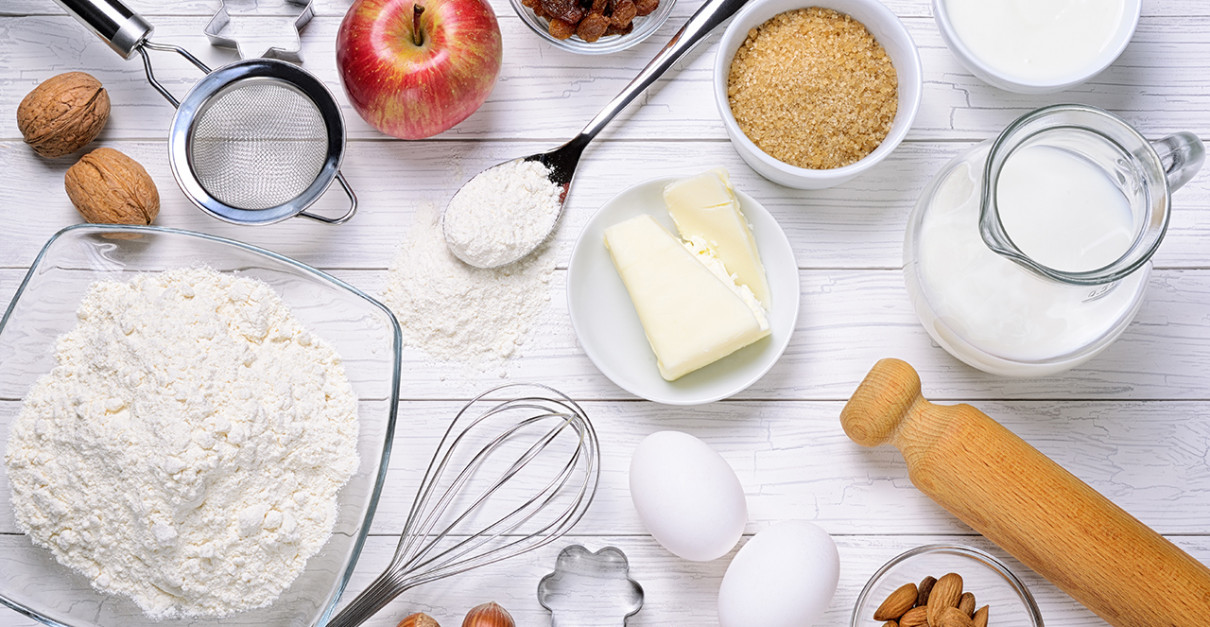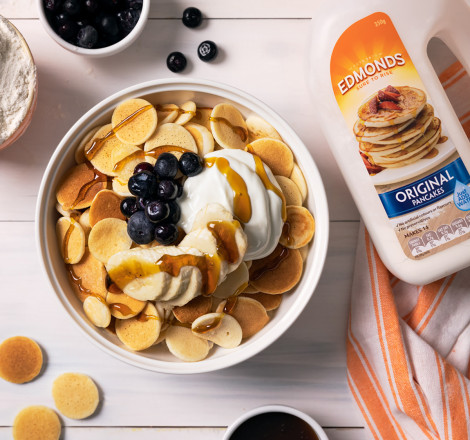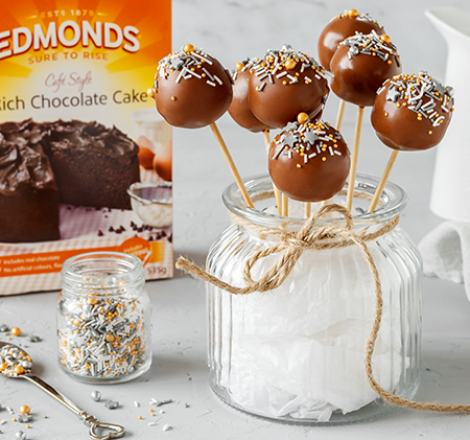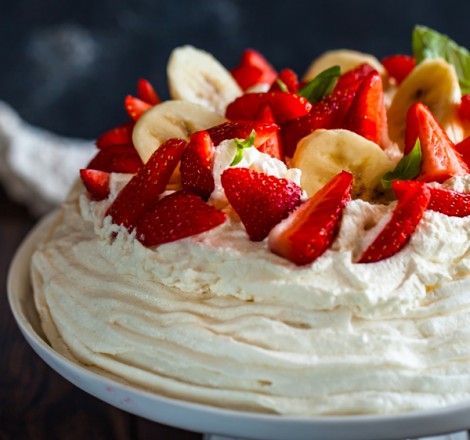Terms Used in Recipes

TERMS USED IN RECIPES
•Al dente: Used to describe cooked pasta that is firm to the bite.
•Bake blind: Loosely cover an unbaked pastry case with a sheet of baking paper larger than the size of the tin. Fill with dried beans, pasta or rice, and bake. This ensures the pastry base is cooked sufficiently for holding moist fillings. Baking blind beans or rice can be stored and re-used.
•Baking paper: Suitable for lining cake tins and trays. Does not need to be greased although may need a smear of butter to adhere the paper to the tin.
•Baste: To spoon juices over foods being roasted to prevent drying and to give a glossy surface.
•Blanch: To place fruit and vegetables in boiling water for 30 seconds then remove to cold water to ease removing of skins or prepare for freezing.
•Blend: To mix ingredients thoroughly to get an even consistency.
•Boil: To cook at boiling point with large rolling bubbles forming.
•Braise: Too gently fry in oil then cook slowly in very little moisture, covered.
•Cream: To beat softened butter with sugar until light, fluffy and creamy in colour.
•Cut in: Use a knife, pastry blender or food processor to combine fat with flour to get a crumb-like consistency.
•Fold: Combining a delicate mixture with a heavier one by using a metal spoon in a cutting action, cutting down through centre and bringing bottom mixture to top. Used for additions of whipped cream and beaten egg whites.
•Frothy: When making white sauce heat butter and flour until mixture appears frothy with small bubbles before adding liquid.
•Jelly bag: A muslin or fine cloth bag that can be hung to allow jelly to drain through when preserving (refer to page 231 for more details).
•Knead: Non-yeast doughs - press together quickly to combine, e.g. pastry, biscuits and scone doughs. Yeast doughs - are stretched and folded to develop elasticity.
•Marinate: To leave meat, poultry or fish in a tenderising or flavouring liquid (the marinade) for a period of time.
•Mash: Food is crushed until soft. This can be done with a fork or a potato masher. Pan-grill - To heat a dry, heavy-based frying pan until very hot. Add oiled meat.
•Purée: Mashed or sieved cooked fruit or vegetable to give a smooth semi-liquid product.
•Rub in: To mix fat into flour by rubbing with fingers to get a crumb-like mixture.
•Sauté: To fry food in a small amount of hot oil quickly, shaking and stirring the pan to get even cooking.
•Setting test for jam: Jam has reached its setting point and is ready for bottling when a small amount is placed on a cold saucer and left to cool. The surface wrinkles when touched and will hold a channel when a finger is dragged through it.
•Sieve: To pass through a mesh to get an even consistency.
•Sift: To pass dry ingredients through a mesh to remove lumps, foreign matter or to mix evenly.
•Simmer: To cook just at boiling point, not a full rolling boil.
•Skim: To remove fat or scum from the surface of a liquid with a slotted spoon, spoon or absorbent paper.
•Sugar syrups: for how to get sugar syrups to a soft ball, firm ball, hard ball, soft crack or hard crack stage - see How to make sweets.
•Spoons: A wooden spoon is used for stirring a heated mixture, as it does not become too hot to handle. It does not discolour pale mixtures as a metal one can do by scraping against the metal of the saucepan. Metal spoons, solid or slotted, are used for transferring foods; slotted ones will allow liquids to drain from solids. Slotted spoons are useful for folding mixtures together.
•Steep: To leave food or flavouring to stand in liquid to absorb flavours.
•Stir-fry: To stir and toss prepared ingredients in hot oil very quickly, resulting in moist meats and crisp vegetables.
•Stiffly beaten egg white: Beaten until peaks formed hold their shape, but tips bend over. Mixture should be glossy.
•To cover steamed puddings: Tear a sheet of foil about 5 cm larger than the top of the basin. Make a pleat right across the sheet of foil. Cover basin with foil. Tie string very tightly around pudding basin just under the lip. Take a separate piece of string about 40 cm in length and fold in half. Secure the string at opposite ends of the basin to make a handle. This helps to get the pudding basin in and out of the saucepan.



